I’m getting excited about our upcoming Macro Seminar hosted by Tamron, so I decided to take one of their 90mm macro lenses out for a test drive here in the store. I’ve always enjoyed macro work, but I’ve recently focused more of my attention on other areas of photography and haven’t gotten to do as much of that kind of shooting as I would like.
As someone who has struggled to find time for personal photo projects, one of the aspects of macro photography that appeals to me is the opportunity to create compelling compositions with what you have nearby. I’m fortunate to have a growing family, a full-time job, and a calendar chock-full of activities, but traveling to distant locales to scratch my creative photography itch isn’t always in the cards. Macro work allows me to be creative wherever I am, whenever I can find the time.
As I worked through on some subjects I found hanging out around the store, I was reminded of a few macro rules of thumb I’ve picked up over the years.

1/3 Sec | f/16 | ISO 100
Find Your Ideal Working Distance/Lens
When you’re shooting things on such a small scale, how close you can get to your subject matters a great deal depending on the subject you’re shooting. For still objects you can easily pick a lens with a shorter focal length, but if you’re contemplating shooting bugs and butterflies, you might want a lens that’s a bit on the longer side as to not spook your subject matter by getting your gear too close. I’ve always been a little bit more comfortable with a longer focal length lens for macro work, so the 90mm was a great fit for me. Plus, it has the added bonus of being a focal length that doubles as a flattering portrait lens.
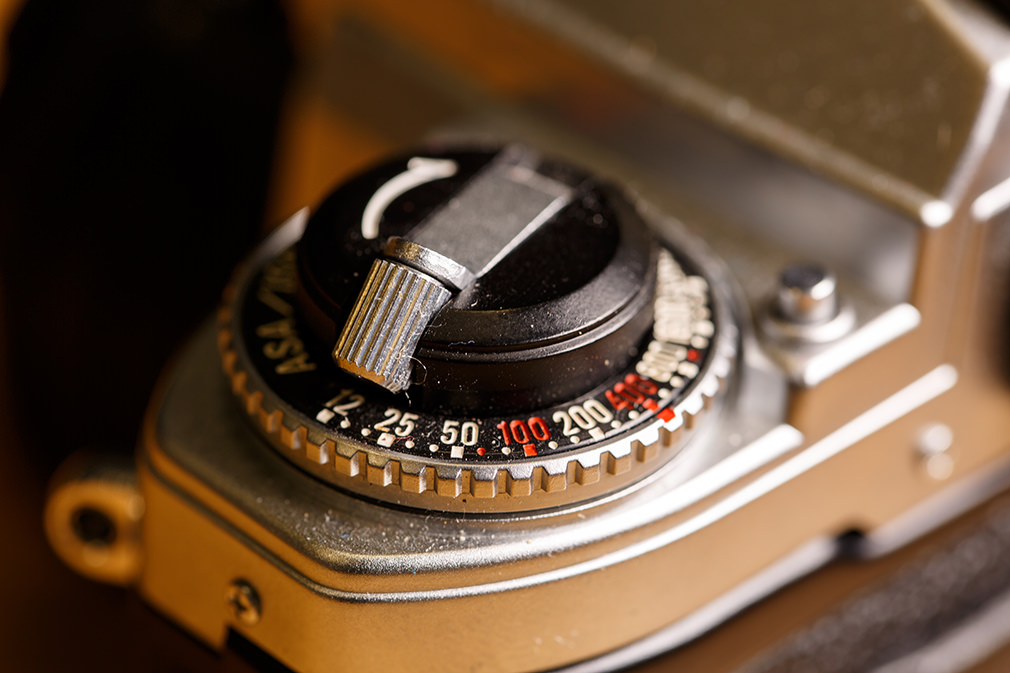
1/20 Sec | f/4.5 | ISO 100
Stabilization Matters
All the shots included in this post on were taken on a tripod. When you’re able to, shooting on a tripod gives you the ability to frame a shot without having to worry so much about your shutter speed, which in turn gives you more flexibility on the depth of field you end up choosing to work with (which we’ll talk about why that’s important when we get to the next tip.) In the instances when you don’t have a tripod handy, having the Vibration Compensation feature this 90mm offers is a lifesaver. With the VC on, you can handhold shots and get sharp results in situations where you would normally need some other method of stabilization. I also like to use the camera’s self-timer feature, or a remote shutter release cable, to fire my shots as even the vibration from pressing the camera’s shutter button can be transferred into your shot causing image blur.
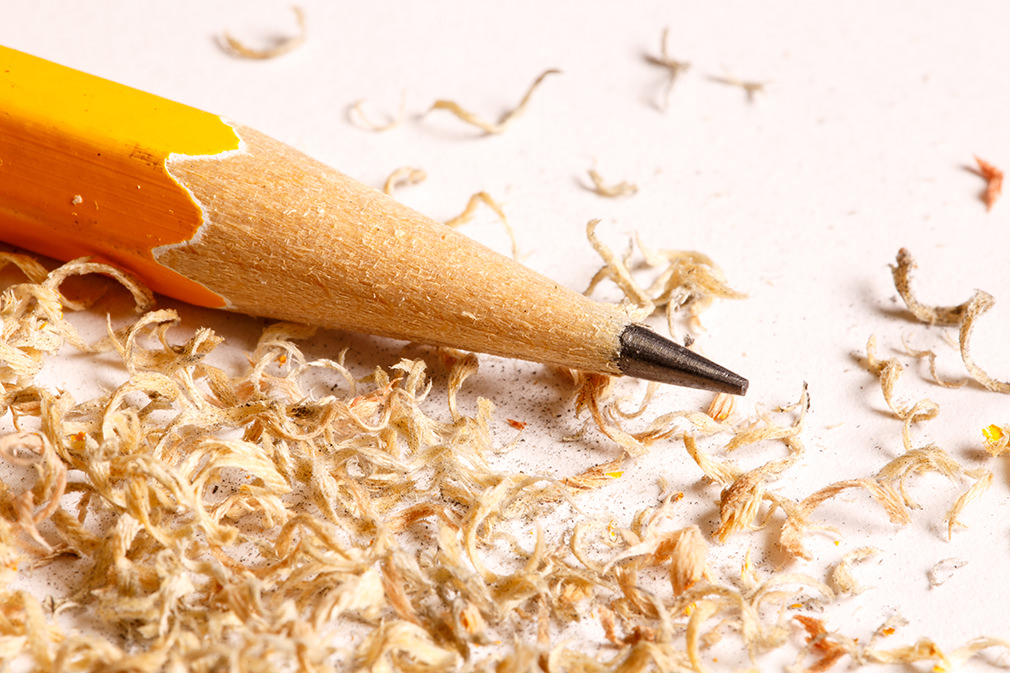
1/2 Sec | f/20 | ISO 100
Wide Apertures May Not Be Your Best Bet
When you’re shooting at the minimum focusing distance with a true 1:1 macro lens wide open at f/2.8, your depth of field can be insanely narrow. At a focusing distance of several feet you may be used to getting several inches in focus wide open, but at the macro level you may only get a few millimeters of sharpness. Even at traditionally deep apertures of f/11 and smaller, you may never get more than a half an inch of sharpness in your shot. So depending on what kind of photo you’re looking to take, make sure you’re keeping an eye on your aperture and how much depth of field you’re achieving to get your desired results.
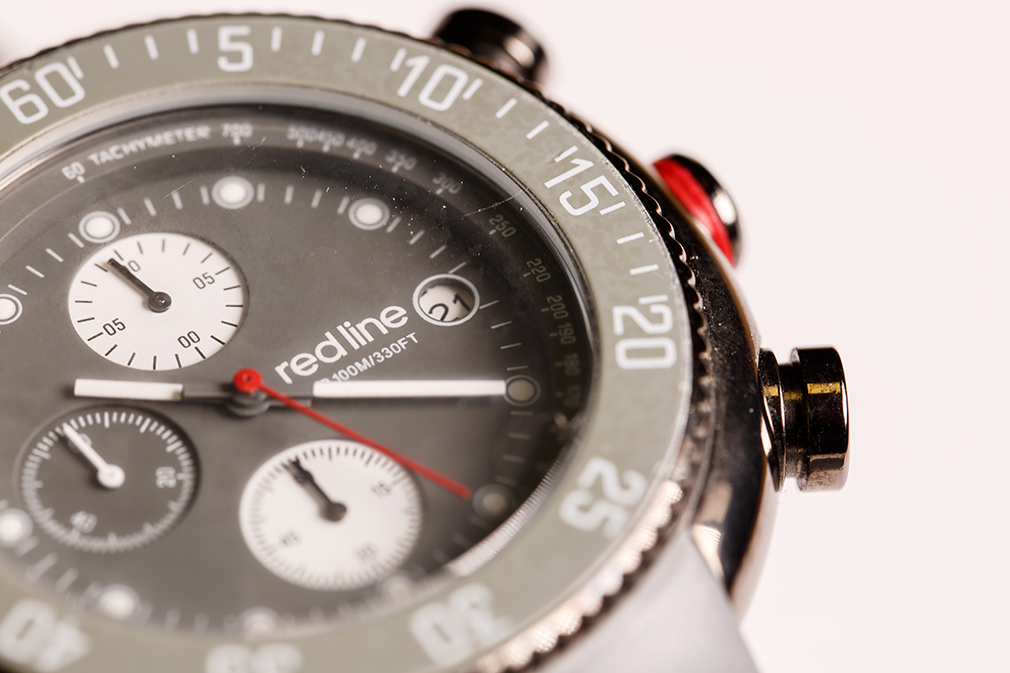
1/25 Sec | f/5.6 | ISO 100
Lighting
Just like any other kind of photography, the most important part of a shot is finding and using the best light. One of the benefits of macro photography is that it lets you experiment with different types of lighting on a smaller scale which can produce dramatic results on the most limited of budgets. All the shots in this post were lit with one small inexpensive LED panel, but I’ve done shoots with natural light, speedlights, and even homemade cardboard box light tents lit by desk lamps. Any way you can create drama with directional light and shadows in your macro photos will take them up another level.

1/6 Sec | f/18 | ISO 100
Overall, I was pretty impressed with the results from the Tamron 90mm f/2.8. The color and clarity were great, and it produced shots on par with those I’ve taken with much more expensive stabilized macro lenses. If you’re looking to get into macro photography, the Tamron SP 90mm F/2.8 Di Macro 1:1 VC USD should definitely be one of the lenses on your wishlist.
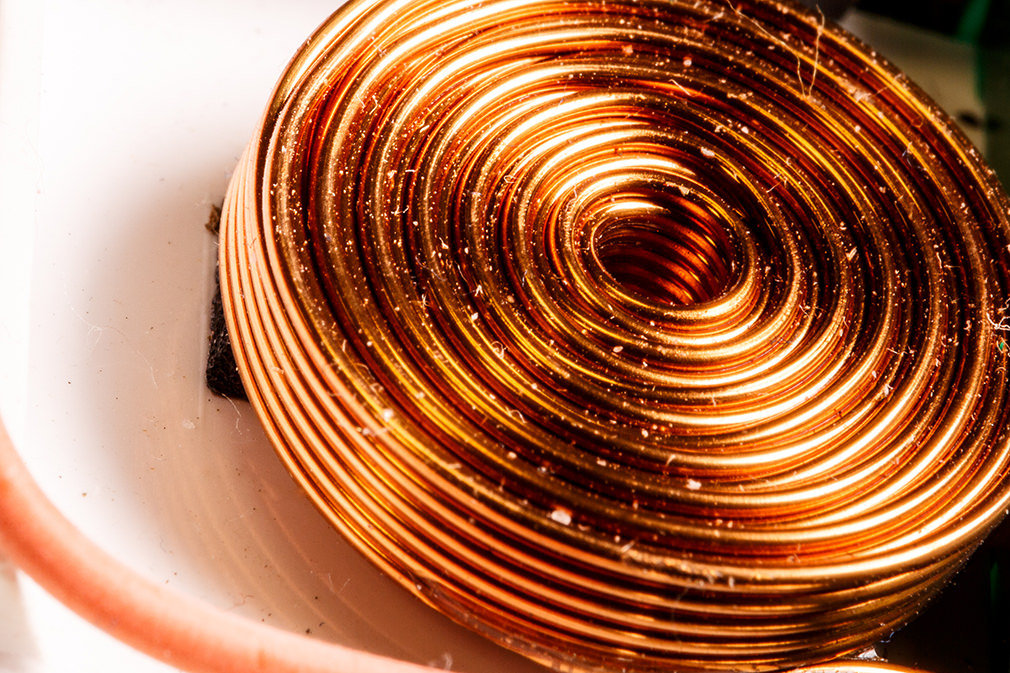
1/3 Sec | f/18 | ISO 100 – Coiled copper inside of a broken flash unit. Roughly 3/4″ wide.
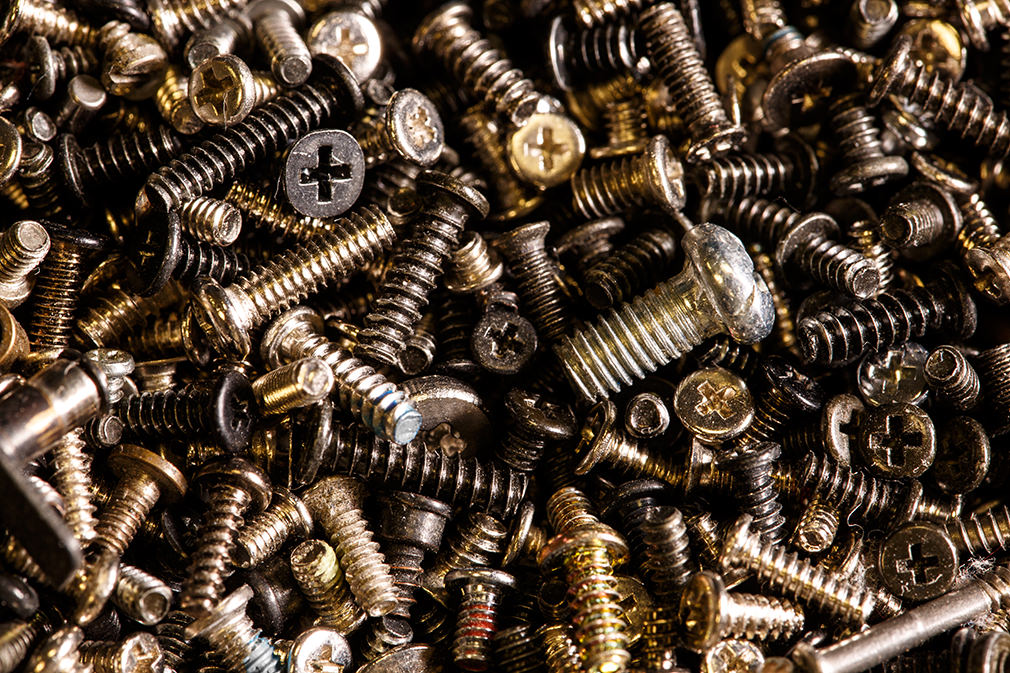
1/2 Sec | f/10 | ISO 100 – For size reference, the “large” silver screw on the right-hand side is about 1/4″ long.

The Tamron SP 90mm F/2.8 Di MACRO 1:1 VC USD

